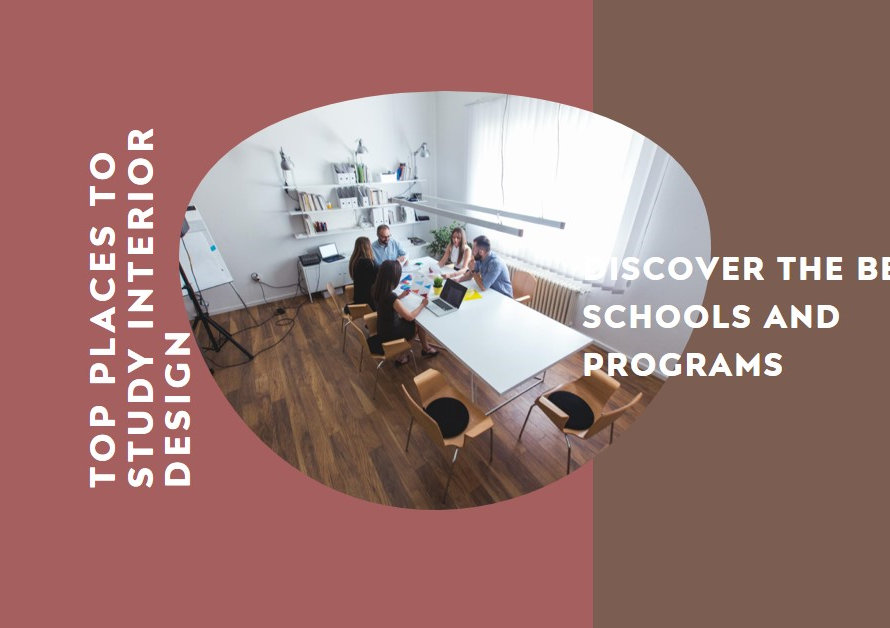
Table of Contents
Introduction: Shaping Tomorrow’s Architects (Architectural Education)
Architectural education stands at the precipice of evolution, poised to shape the future of the built environment. As society advances, so too must the methods by which we educate the architects who will design the cities and structures of tomorrow. In this blog post, we delve into the intricate landscape of architectural education, exploring the key principles and practices that nurture the next generation of visionary architects.
Embracing Innovation: Adapting to Technological Advances
In an era defined by rapid technological advancement, architectural education must embrace innovation to remain relevant. Incorporating cutting-edge tools such as Building Information Modeling (BIM) and virtual reality (VR) simulations into the curriculum enables students to develop essential skills for the digital age. By fostering a dynamic learning environment that harnesses the power of technology, educators empower students to push the boundaries of design and construction.
Furthermore, interdisciplinary collaboration emerges as a cornerstone of modern architectural education. By integrating fields such as engineering, environmental science, and sociology, students gain a holistic understanding of the built environment’s complexities. This multidisciplinary approach not only enriches the educational experience but also prepares future architects to address the diverse challenges they will encounter in practice.
Cultivating Creativity: Nurturing Design Thinking
At the heart of architectural education lies the cultivation of creativity and design thinking. By fostering a culture of exploration and experimentation, educators empower students to unleash their imagination and develop innovative solutions to real-world problems. Studio-based learning environments serve as incubators for creativity, providing students with the freedom to iterate, refine, and refine their designs through hands-on experimentation.
Moreover, exposure to diverse design philosophies and architectural styles broadens students’ perspectives, encouraging them to think critically and develop their unique design language. By encouraging risk-taking and embracing failure as an integral part of the learning process, educators instill resilience and adaptability in future architects, equipping them to thrive in an ever-evolving profession.


Fostering Mentorship: Guiding the Next Generation
Mentorship plays a pivotal role in nurturing the next generation of architects, providing invaluable guidance and support as students navigate their educational journey. Establishing mentorship programs that connect students with experienced practitioners fosters a culture of knowledge exchange and professional development. Through one-on-one mentorship relationships, students gain insights into the realities of architectural practice and benefit from the wisdom imparted by seasoned professionals.
Furthermore, peer-to-peer mentorship initiatives empower students to learn from each other’s experiences, forging bonds of camaraderie and collaboration that extend beyond the classroom. By fostering a sense of community and belonging, mentorship programs cultivate a supportive learning environment where students can thrive and fulfill their potential as future architects.
Promoting Diversity: Celebrating Cultural Perspectives
In an increasingly globalized world, architectural education must embrace diversity and celebrate cultural perspectives to reflect the rich tapestry of human experience. By incorporating diverse voices and narratives into the curriculum, educators broaden students’ understanding of architecture’s social and cultural dimensions. Exposure to a diverse range of architectural traditions and histories fosters empathy and cultural competency, enabling students to design spaces that resonate with people from all walks of life.
Moreover, fostering inclusivity within the educational environment ensures that underrepresented voices are heard and valued. By actively recruiting and supporting students from diverse backgrounds, architectural programs enrich the learning experience and contribute to a more equitable profession. By championing diversity and inclusion, architectural education paves the way for a more vibrant and inclusive built environment.
Embracing Sustainability: Designing for the Future
As stewards of the built environment, architects bear a profound responsibility to design spaces that are environmentally sustainable and socially responsible. Therefore, integrating sustainability principles into architectural education is paramount to shaping a more sustainable future. By emphasizing concepts such as passive design, energy efficiency, and material lifecycle analysis, educators instill a deep understanding of sustainability’s integral role in the design process.
Furthermore, experiential learning opportunities such as design-build projects and community engagement initiatives enable students to apply sustainable principles in real-world contexts, fostering a sense of environmental stewardship and social responsibility. By equipping future architects with the knowledge and skills to design with sustainability in mind, architectural education catalyzes positive change and contributes to the collective effort to mitigate climate change.
Adapting to Global Challenges: Addressing Urbanization and Resilience
In an era marked by rapid urbanization and increasing climate volatility, architectural education must adapt to address the pressing challenges facing our cities and communities. By integrating courses on urban design, resilience planning, and disaster mitigation into the curriculum, educators prepare students to tackle complex urban issues with creativity and ingenuity. By fostering a holistic understanding of the built environment’s interconnections, architectural education empowers future architects to design resilient, adaptive cities that can withstand the challenges of the 21st century.
Moreover, international study programs and cross-cultural exchanges expose students to diverse urban contexts and alternative approaches to design and planning. By fostering global perspectives and cross-cultural collaboration, architectural education equips students to address the interconnected challenges of urbanization, resilience, and sustainability on a global scale. By fostering a culture of innovation and collaboration, architectural education plays a vital role in shaping the future of our cities and communities.
Conclusion: Charting a Course for the Future
In conclusion, nurturing the next generation of architects requires a multifaceted approach that embraces innovation, creativity, mentorship, diversity, sustainability, and global engagement. By fostering a dynamic learning environment that empowers students to think critically, design collaboratively, and act responsibly, architectural education equips future architects with the skills and knowledge to shape a more sustainable, equitable, and resilient built environment. As we chart a course for the future, let us continue to cultivate the next generation of visionary architects who will design the cities and spaces that inspire and enrich our lives.



